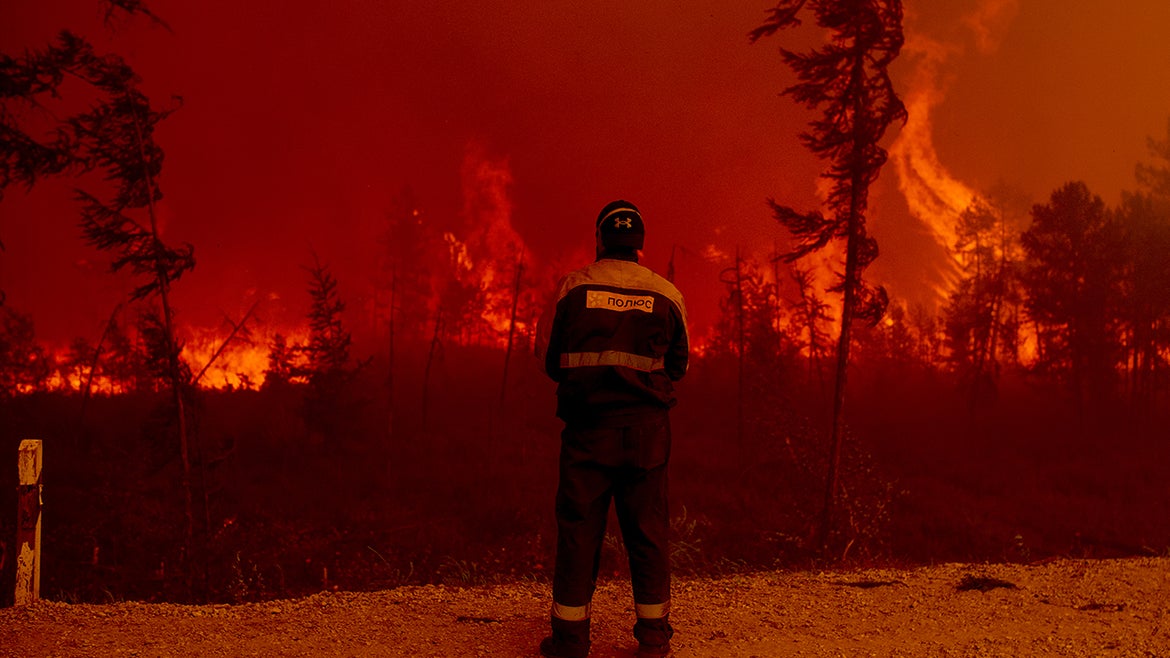The smoke stems from widespread wildfires in Russia's Siberia, a region famous for its permafrost.
Smoke from wildfires have reached the North Pole for the first time in recorded history, NASA said, sharing satellite images that showed “a vast, thick and acrid blanket of smoke” touching the northernmost point of the world.
Most of the smoke stems from wildfires in Siberia’s Sakha Republic, a region famous for its permafrost.
While experts do not know how much forest has burned, an emissions monitoring agency estimated that the region released a record-breaking 505 megatons of carbon dioxide since June – beating 2020’s wildfire season, which was already considered a particularly severe in the region.
There were 178 reported active wildfires at the time the satellite images were taken.
“There have always been large fires in Siberia. It is a landscape evolved to burn,” Miami University’s earth scientist Jessica McCartney explained, according to NASA's Earth Observatory. “What is different because of climate change is that fires are burning larger areas, affecting places farther to the north, and consuming fuels that would have been more fire resistant in the past.”
Smoke from the Siberian wildfires also spread as far as Canada’s Nunavut, western Greenland, and even caused pollution problems in Mongolia’s capital city of Ulan Batar.






